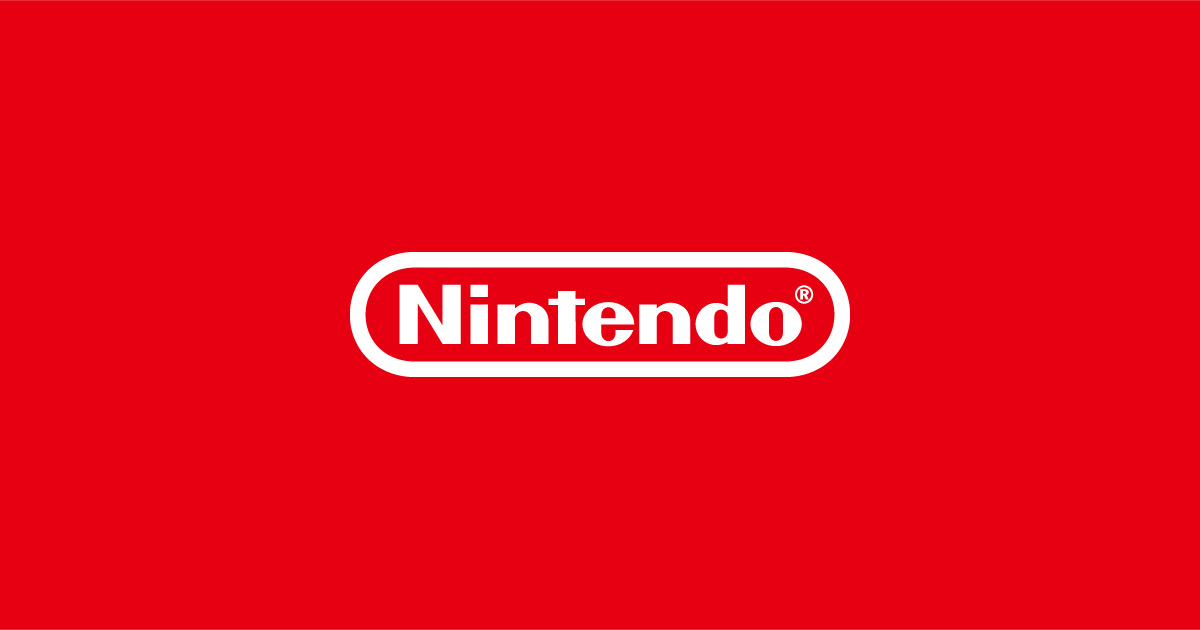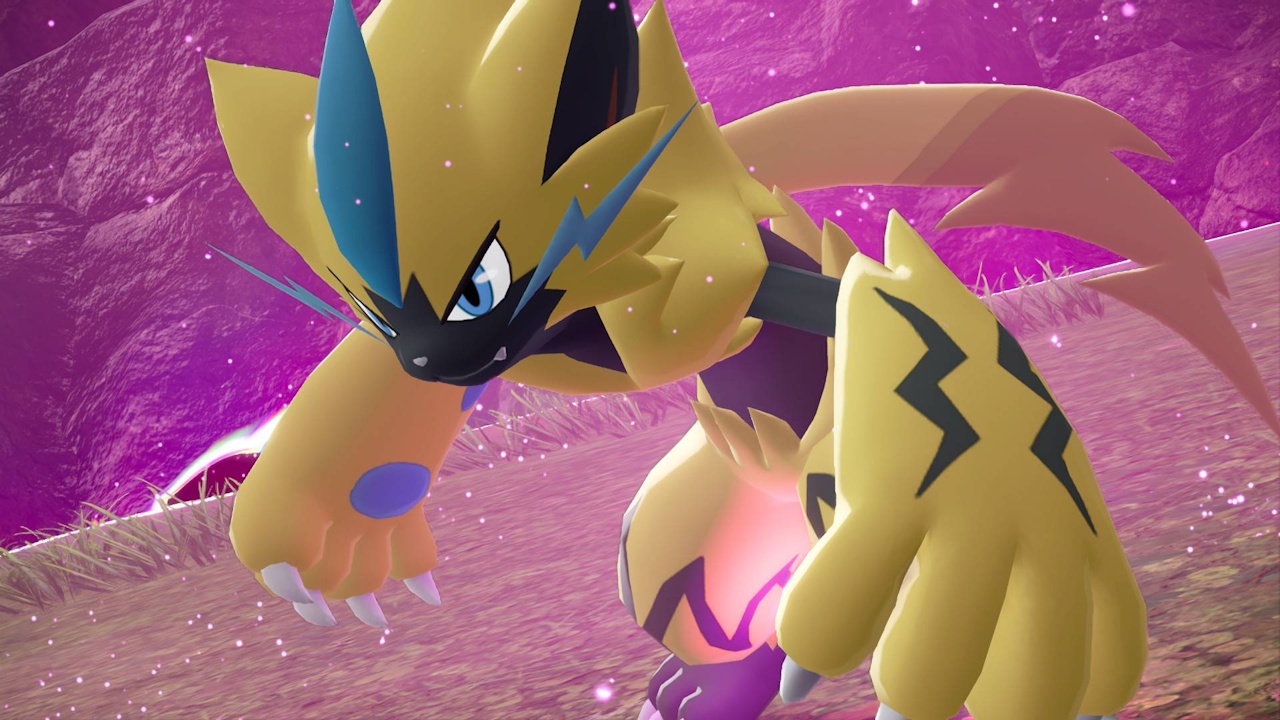In the rapidly evolving landscape of Nintendo hardware, the arrival of the Nintendo Switch 2 has heralded notable advancements for flagship titles.
Chief among these is Pokémon Scarlet & Violet, developed by Game Freak, which recently received a comprehensive performance and visual upgrade aimed at leveraging the new console's capabilities.
Following its much-anticipated free update, early adopters and industry analysts alike have turned to Digital Foundry for an in-depth technical assessment of the Generation 9 Pokémon games on the latest Nintendo platform. When originally released on the first-generation Nintendo Switch, Pokémon Scarlet & Violet struggled to consistently deliver stable performance, often dipping below the targeted 30 frames per second (fps).
Digital Foundry's detailed analysis points out that the initial hardware typically maintained frame rates in the 20-25 fps range during regular gameplay, with even lower performance possible in handheld mode.
However, its transition to Nintendo Switch 2 marks a substantial leap forward: the game now maintains a steady 60 fps in both handheld and docked modes, with rare excursions below this benchmark. The update extends beyond core performance.
Infamously low frame rates for distant environmental objects, such as the Artazon windmill that previously stuttered around 2 fps, have been fully resolved.
According to Digital Foundry, these elements now operate smoothly at a consistent 60 fps, dramatically enhancing overall immersion in the open world.
Additionally, the density of overworld Pokémon has noticeably increased, enriching the gameplay experience and pushing the hardware in ways the previous iteration simply could not. Fast travel, a critical feature for any expansive open-world RPG, benefits from the Nintendo Switch 2’s improved processing power.
Measured load times showcase staggering gains: for example, transferring from Mesagoza West to Cortondo West now takes just 3.6 seconds, compared to a lengthy 15.8 seconds on the original Switch – a speed improvement of up to 4.4 times. Despite these substantial strides, not all graphical areas have seen comparable progress.
Digital Foundry observes that draw distances and texture details remain largely the same, with pop-in and low-resolution shadow effects persisting in the updated version.
Notably, high dynamic range (HDR) support is still absent, and texture realism up close has seen little enhancement. Although Pokémon Scarlet & Violet for Nintendo Switch 2 represents a significant step forward, some in the gaming community have referenced the superior open-world presentation of titles like Xenoblade Chronicles, The Legend of Zelda: Breath of the Wild, and Tears of the Kingdom as a benchmark.
There’s a shared sentiment that while performance is vastly improved, there remains untapped potential in showing off what the Switch 2 is fully capable of, especially from Game Freak, whose upcoming project Beast of Reincarnation has already drawn praise for its visual ambition. Nonetheless, this upgrade positions Pokémon Scarlet & Violet as a showcase of the Nintendo Switch 2’s enhanced performance, offering players a richer, more fluid experience.
As Game Freak and Nintendo continue to iterate on their iconic franchise, fans can expect continued optimizations tailored to maximize next-generation hardware capabilities.
Chief among these is Pokémon Scarlet & Violet, developed by Game Freak, which recently received a comprehensive performance and visual upgrade aimed at leveraging the new console's capabilities.
Following its much-anticipated free update, early adopters and industry analysts alike have turned to Digital Foundry for an in-depth technical assessment of the Generation 9 Pokémon games on the latest Nintendo platform. When originally released on the first-generation Nintendo Switch, Pokémon Scarlet & Violet struggled to consistently deliver stable performance, often dipping below the targeted 30 frames per second (fps).
Digital Foundry's detailed analysis points out that the initial hardware typically maintained frame rates in the 20-25 fps range during regular gameplay, with even lower performance possible in handheld mode.
However, its transition to Nintendo Switch 2 marks a substantial leap forward: the game now maintains a steady 60 fps in both handheld and docked modes, with rare excursions below this benchmark. The update extends beyond core performance.
Infamously low frame rates for distant environmental objects, such as the Artazon windmill that previously stuttered around 2 fps, have been fully resolved.
According to Digital Foundry, these elements now operate smoothly at a consistent 60 fps, dramatically enhancing overall immersion in the open world.
Additionally, the density of overworld Pokémon has noticeably increased, enriching the gameplay experience and pushing the hardware in ways the previous iteration simply could not. Fast travel, a critical feature for any expansive open-world RPG, benefits from the Nintendo Switch 2’s improved processing power.
Measured load times showcase staggering gains: for example, transferring from Mesagoza West to Cortondo West now takes just 3.6 seconds, compared to a lengthy 15.8 seconds on the original Switch – a speed improvement of up to 4.4 times. Despite these substantial strides, not all graphical areas have seen comparable progress.
Digital Foundry observes that draw distances and texture details remain largely the same, with pop-in and low-resolution shadow effects persisting in the updated version.
Notably, high dynamic range (HDR) support is still absent, and texture realism up close has seen little enhancement. Although Pokémon Scarlet & Violet for Nintendo Switch 2 represents a significant step forward, some in the gaming community have referenced the superior open-world presentation of titles like Xenoblade Chronicles, The Legend of Zelda: Breath of the Wild, and Tears of the Kingdom as a benchmark.
There’s a shared sentiment that while performance is vastly improved, there remains untapped potential in showing off what the Switch 2 is fully capable of, especially from Game Freak, whose upcoming project Beast of Reincarnation has already drawn praise for its visual ambition. Nonetheless, this upgrade positions Pokémon Scarlet & Violet as a showcase of the Nintendo Switch 2’s enhanced performance, offering players a richer, more fluid experience.
As Game Freak and Nintendo continue to iterate on their iconic franchise, fans can expect continued optimizations tailored to maximize next-generation hardware capabilities.






